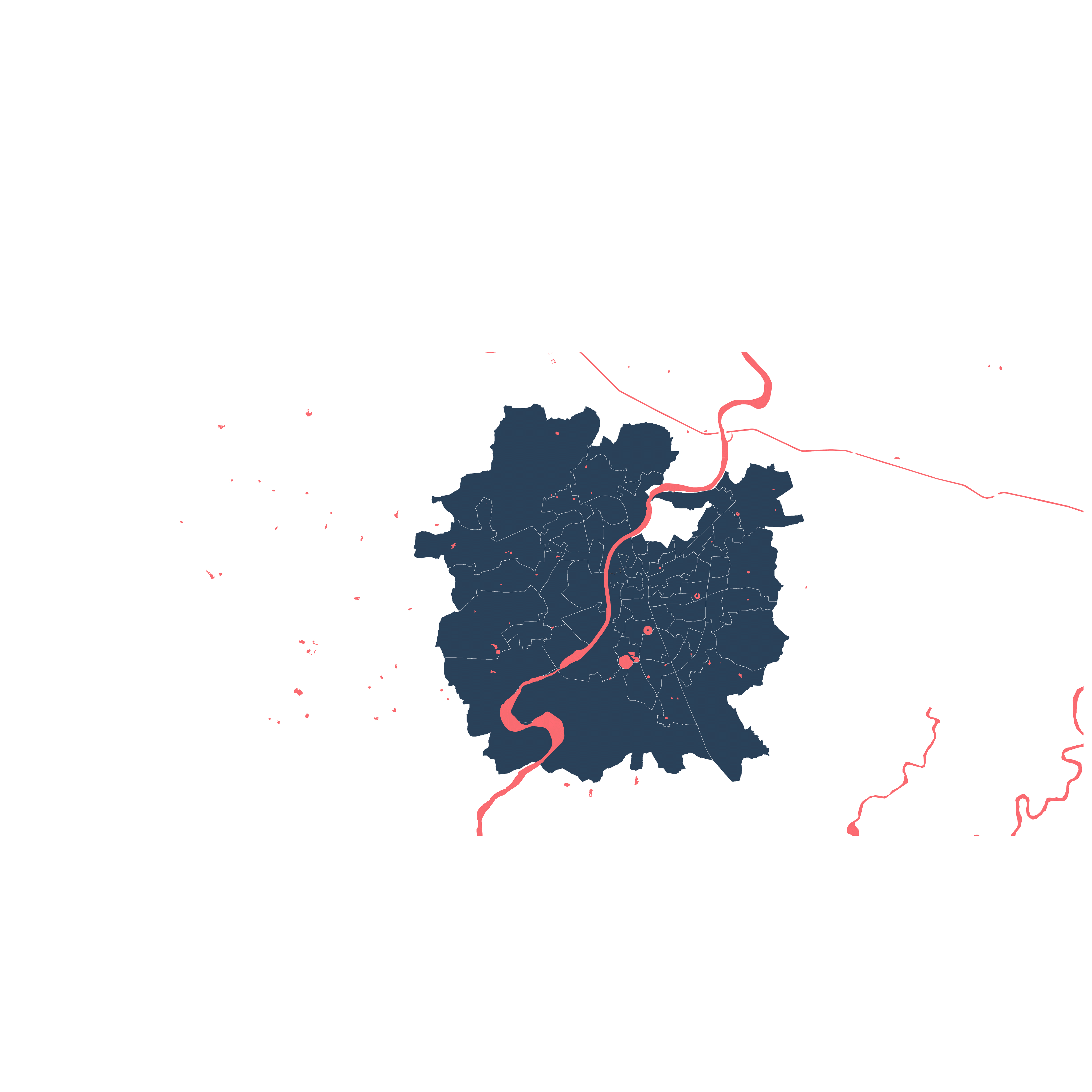Simultaneous Stories So Far...
Urban Assemblies: the vacancy Phenomenon
Greenbelt of Ahmedabad
Planning process byproduct

Story so far

Urban Assemblies 3.0
the Vacancy Phenomenon
AHMEDABAD
Studio Brief
Indian cities are in a constant state of flux. Rapid urbanization not only produces the built environment but also the condition of vacancy - lands that are undifferentiated, loosely regulated and waiting to be remonetized. As a condition that arises from the same phenomenon that creates order in the city, these vacant lands, pending a definite plan, provide space for expression. They are often surreptitiously transformed into spaces of informal social and cultural expression, supplementing the dearth of publicly accessible commons in the city. (Cricket! Driving Practice! Festivals!)
As spaces in developmental limbo, they provide a necessary alternative to inequitable space distribution in a city whose public spaces are poorly understood. As places waiting to happen, the condition is temporary. When the planned purpose arrives, the activated space is replaced, and actors must move. Over time this condition repeats across varied terrains of the city - new vacant lands emerge from massive industry closures, changing environmental regulations, leapfrogging development and political will, while older ones disappear as the disputes surrounding them resolve.
When mapped across time, vacancy is a phenomenon; one which holds potential for radical re-imaginations of collective space in the city. For us as urban designers, it is an important opening to participate in the debate on the urban commons and urban public space.
This studio takes a long view of urban transformations, mapping the emergence, life and disappearance of vacant land systems in Ahmedabad over the course of the city’s history. Through a design process organised on a timescale that moves from centuries to decades to years, the project’s permanence is imagined in reverse and the transformative potential of vacant land system is tested.


Design Studio: L3 BUD Studio, Spring Semester 2021, CEPT University
Tutors: Melissa Smith, Bulbul Vyas Teaching Associate: Sampurna Pattanaik
Module 01: Stories So Far...
In the first module, we are investigating how & why vacant sites have emerged across the city, at different periods of time, by looking at four vacancy-instigating phenomena in Ahmedabad: institutional land holdings (educational societies), policy failures (the former Greenbelt), industrial collapse (the mill lands), and infrastructural leftover lands (the Riverfront and the railways). These have been mapped across time in order to examine policies, regulation and implementation successes or failures through the years and to investigate which transformations they cause. The Stories So Far situate a critique that will ground the future design direction for each set of sites.
Timeline
Each group has created a timeline of their vacancy phenomenon, situating it in Ahmedabad’s historical context, by identifying the power structures and other processes that cause and transform the condition of vacancy. The timeline combines information from reliable and less reliable sources with speculation to fill the gaps, coded into the representation.
Maps
Students have together created a map that combines the vacant sites arising from each phenomenon, which will be used to strategize the role of their designs in the systems of vacancy in the city.
Module 02 : The Manifesto
Drawing together the threads of past investigation, each student articulates their position on a vacancy system through a call to action.
Each call to action has 3 components:
Position: What set of issues or ideas am I concerned with? What are the questions I want to be asking?
Prompts for articulating the position:
-
Explain the condition of vacancy with respect to the phenomenon/phenomena. The analysis can compare the condition of vacancy across different phenomena for a comprehensive position.
-
What are the explicit and implicit issues framing these vacancies? For example, whom does this vacancy favour and how? Are there gaps in the policy framework?
-
How do I position myself as a designer with respect to these issues?
Intent: Given my concern, what are the actions that are relevant, for the position I have taken? What do I expect to achieve?
Prompts for articulating the intent:
-
What role do I assume?
-
For whom am I designing? Why?
-
What is a site through which I can demonstrate my concerns, or is relevant to the questions I am asking?
Strategy: How will I make this happen?
*These are in nascent stages. Students have initial ideas about design strategies, and we hope that this conversation will both push them to critically assess their position and intent with respect to the “Stories So Far” of the system they have studied, and help point them toward an effective strategy for the design proposition.
Module 03 : The 100 year - 25 year - Now Design Project







